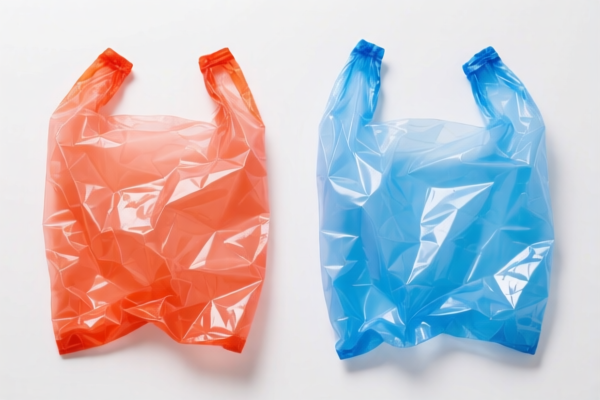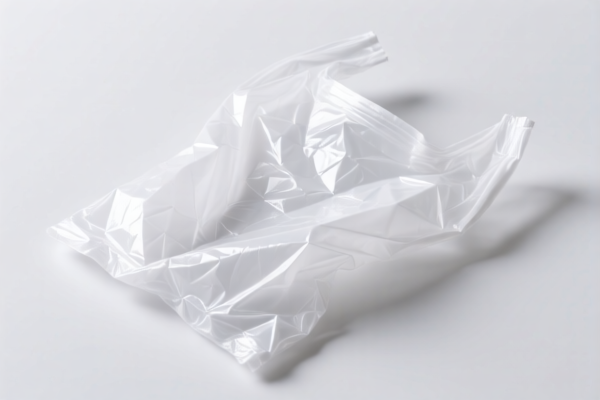| HS Code | Official Doc | Tariff Rate | Origin | Destination | Effective Date |
|---|---|---|---|---|---|
| 3926901000 | Doc | 40.9% | CN | US | 2025-05-12 |
| 3926909905 | Doc | 42.8% | CN | US | 2025-05-12 |
| 3916903000 | Doc | 61.5% | CN | US | 2025-05-12 |
| 6506910060 | Doc | 55.0% | CN | US | 2025-05-12 |
| 6506996000 | Doc | 63.5% | CN | US | 2025-05-12 |
| 6507000000 | Doc | 55.0% | CN | US | 2025-05-12 |




Plastic Chain
Plastic chain is a versatile and lightweight fastening and decorative material manufactured from various types of plastic polymers. It serves a broad range of applications due to its durability, flexibility, and cost-effectiveness.
Material
Plastic chains are commonly produced from the following materials:
- Polyethylene (PE): Offers good chemical resistance and flexibility, often used for barrier chains and general purpose applications.
- Polypropylene (PP): Known for its higher strength and temperature resistance compared to PE, suitable for heavier-duty applications.
- Polyvinyl Chloride (PVC): Provides rigidity and impact resistance, frequently used in decorative chains and crowd control.
- Nylon: Exhibits high strength, abrasion resistance, and flexibility, commonly employed in industrial applications and pet leashes.
- Acrylic: Offers excellent clarity and weather resistance, often used for decorative purposes.
Purpose
The primary purposes of plastic chain include:
- Barriers and Crowd Control: Defining boundaries, guiding pedestrian traffic, and securing areas.
- Decoration: Used in crafts, party decorations, and visual merchandising.
- Fastening: Securing lightweight objects, hanging displays, or creating temporary connections.
- Pet Restraint: Commonly used for dog leashes, training chains, and tie-outs.
- Industrial Applications: Used in conveyor systems, bundling, and securing loads.
Function
Plastic chain functions by providing a flexible, yet strong, link to connect objects or define spaces. The interconnected links allow for easy adjustment and repositioning. The material's inherent properties, such as tensile strength and flexibility, determine its load-bearing capacity and suitability for specific applications.
Usage Scenarios
- Retail: Securing clothing displays, creating store aisles, and controlling customer flow.
- Construction: Marking off work areas, securing debris netting, and controlling access.
- Events: Defining queues, securing VIP areas, and creating decorative boundaries.
- Parks and Recreation: Separating areas, controlling pedestrian traffic, and securing playground equipment.
- Animal Care: Restraining pets, training animals, and creating temporary enclosures.
- Home and Garden: Hanging plants, creating decorative displays, and securing lightweight objects.
Common Types
- Barrier Chain: Typically made from polyethylene or polypropylene, designed for crowd control and boundary definition. Available in various colors and lengths.
- Plastic Chain Link Fence: A heavier-duty type, often used for security and enclosure purposes.
- Decorative Chain: Made from acrylic or PVC, available in various colors, shapes, and finishes for aesthetic applications.
- Pet Chain: Typically made from nylon or PVC, designed for pet restraint and training. Available in various lengths and thicknesses.
- Snow Chain: A specialized type made from durable plastic or composite materials, used for improving traction on snowy or icy surfaces.
- Velvet Rope Chain: Often used in events and retail settings, featuring a plastic chain base covered in a velvet-like material for a more upscale appearance.
Plastic chain typically refers to a series of interconnected plastic links, often used for various purposes such as hanging decorations, creating barriers, or as components in larger plastic products.
Here are the HS codes related to plastic chain based on the provided reference material:
- 3926901000: This HS code covers “Other articles of plastics and articles of other materials of headings 3901 to 3914: Other: Buckets and pails”. While not directly chain, if the plastic chain is used as a component of buckets or pails, this code may be relevant. The total tax rate is 40.9%, comprised of a 3.4% base tariff, a 7.5% additional tariff, and a 30% additional tariff effective April 2, 2025.
- 3926909905: This HS code covers “Other articles of plastics and articles of other materials of headings 3901 to 3914: Other: Other Elastic bands made wholly of plastics”. If the plastic chain possesses elastic properties and is made entirely of plastic, this code could apply. The total tax rate is 42.8%, consisting of a 5.3% base tariff, a 7.5% additional tariff, and a 30% additional tariff effective April 2, 2025.
- 3916903000: This HS code covers “Monofilament of which any cross-sectional dimension exceeds 1 mm, rods, sticks and profile shapes, whether or not surface-worked but not otherwise worked, of plastics: Of other plastics: Other: Other: Monofilament”. If the plastic chain is constructed from individual plastic strands exceeding 1mm in cross-section, this code may be applicable. The total tax rate is 61.5%, comprised of a 6.5% base tariff, a 25.0% additional tariff, and a 30% additional tariff effective April 2, 2025.
According to the provided reference material, the HS code options related to 'plastic chain' are limited, with only the following 3 found.
It is important to note that the applicable HS code will depend on the specific characteristics of the plastic chain, including its material composition, dimensions, and intended use.
Customer Reviews
No reviews yet.